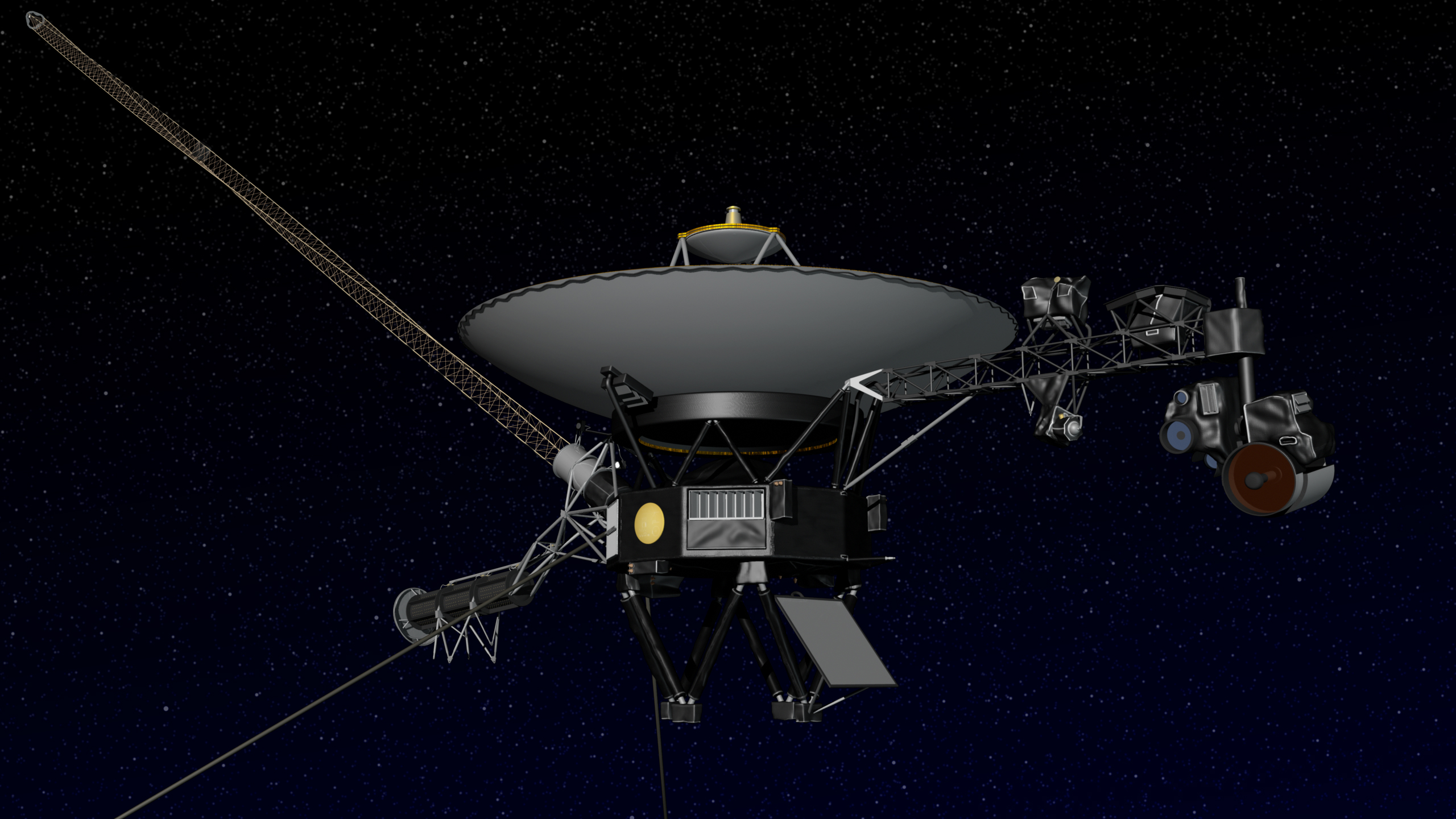
NASA announced today under much fanfare that the agency’s Voyager 1 spacecraft, which launched from Cape Canaveral Air Force Station over three decades ago, has entered interstellar space, becoming the first man-made object to venture into interstellar space as it continues on what is arguably one of the most epic adventures in the history of mankind. With the theme from the television series Star Trek playing, the announcement was opened with the following (modified) iconic words: “Space, the final frontier. These are the voyages of the starship Voyager, it’s 36 year mission to explore strange new worlds, to seek out anomalous cosmic rays and new plasmas to boldly go where no probe has gone before!”
“Voyager has boldy gone where no probe has gone before, marking one of the most significant technological achievements in the annals of the history of science, and adding a new chapter in human scientific dreams and endeavours,” said John Grunsfeld, NASA’s associate administrator for science in Washington. “Perhaps some future deep space explorers will catch up with Voyager, our first interstellar envoy, and reflect on how this intrepid spacecraft helped enable their journey.”
NASA has been searching for evidence of the spacecraft’s interstellar arrival since 2004, when it first detected the increased pressure of interstellar space on the heliosphere (the enormous bubble of charged particles surrounding our Solar System). Scientists, however, had to wait for a natural phenomenon to occur to provide the data which confirmed Voyager 1 had in fact entered the unexplored alien region of interstellar space.
[youtube_video]http://youtu.be/8Ddt8xnnGGA[/youtube_video]
Video courtesy of NASA Television
A coronal mass ejection, or CME, erupted from the Sun in March 2012. The massive solar “burp” had to travel 11 billion miles to reach Voyager 1—a journey that took 13 months. In April 2013, when the CME hit Voyager 1, it caused the plasma surrounding the spacecraft to vibrate like the strings of a violin. Voyager’s plasma wave instrument detected the movement, and the pitch of the oscillations helped scientists determine the density of the plasma bathing Voyager to be 40-times denser than what had been observed in nine years of traveling through the Solar System’s heliosphere—a sure sign the spacecraft had in fact entered the alien environment of interstellar space.
“We literally jumped out of our seats when we saw these oscillations in our data. They showed us the spacecraft was in an entirely new region, comparable to what was expected in interstellar space, and totally different than in the solar bubble,” said Don Gurnett, who leads the plasma wave science team at the University of Iowa, the team whose research determined Voyager 1 has in fact left the Solar System. “Clearly we had passed through the heliopause, which is the long-hypothesized boundary between the solar plasma and the interstellar plasma.”
The data confirms that not only has Voyager 1 crossed into interstellar space, but that it entered interstellar space over a year ago on Aug. 25, 2012. It is important to note, however, that Voyager is still influenced by our Sun and is still traversing across the enormous expanse of the outer Solar System (NASA did NOT announce that the spacecraft left the Solar System, contrary to reports publicized by media outlets around the world, but rather that it has entered interstellar space).
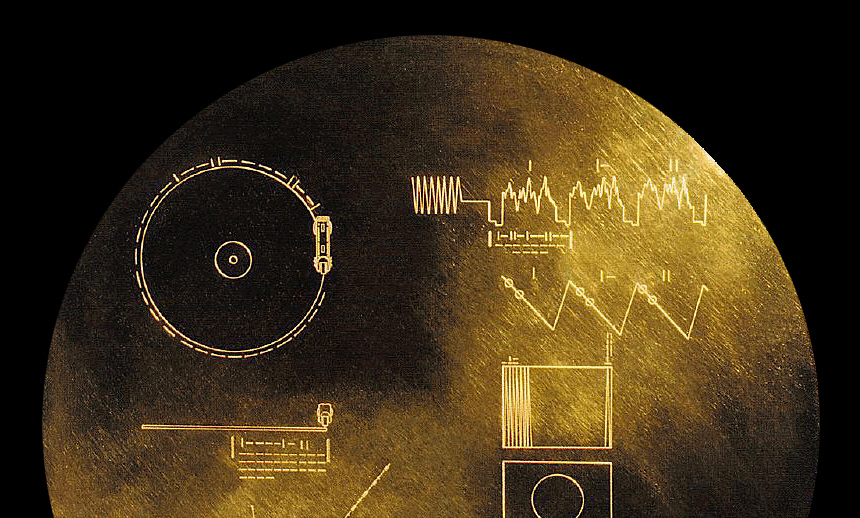
“Yes, Voyager has approached interstellar space. Voyager 1 does, however, still have much to go until it leaves our Solar System,” says Derek Demeter, astronomer and Planetarium Director at the Buehler Planetarium at Seminole State College in Sanford, Fla. “Seems kind of contradicting but Voyager has reached an area of space where the Sun’s outward stream of particles called the solar wind ceases (called the heliopause). However, the Sun’s influence can also be defined by it’s gravitational influence, and beyond Voyager is still tons and tons of large icy objects that lie in an area known as the Oort Cloud. These objects extend out over a light-year away from the Sun and are still bounded to the Sun’s gravity. Since Voyager is only 12 billion miles from Earth, and a light-year is about 6 trillion miles, it is safe to say that it has quite a bit to go before it leaves the Solar System. Regardless of the small details … the fact we have sent a spacecraft over 12 billion miles is truly amazing and something worth celebrating about!”
According to the math—the universal language of the cosmos—Voyager 1 still has 30,000-40,000 years of travel time ahead of it before it truly leaves the reach of our Sun and exits our Solar System.
“Now that we have new, key data, we believe this is mankind’s historic leap into interstellar space,” said Ed Stone, Voyager project scientist based at the California Institute of Technology in Pasadena, Calif. “The Voyager team needed time to analyze those observations and make sense of them. But we can now answer the question we’ve all been asking: ‘Are we there yet?’ Yes, we are.”
In the nine years since Voyager 1 began its journey through the outer edge of our Solar System, the spacecraft has encountered several dramatic changes in its space environment, all pointing to its eventual entrance into interstellar space. The number of cosmic rays hitting the spacecraft continues to climb, and instruments on the spacecraft detected the supersonic solar wind dropped from 150,000 mph to zero as of early 2012—held back from further expansion by the interstellar wind. Over the last two years, the spacecraft has also seen energetic particles from the Solar System decline by nearly 50 percent, while the detection of high-energy electrons from interstellar space has increased 100 fold.
“The team’s hard work to build durable spacecraft and carefully manage the Voyager spacecraft’s limited resources paid off in another first for NASA and humanity,” said Suzanne Dodd, Voyager project manager, based at NASA’s Jet Propulsion Laboratory (JPL), Pasadena, Calif. “We expect the fields and particles science instruments on Voyager will continue to send back data through at least 2020. We can’t wait to see what the Voyager instruments show us next about deep space.”
Launched in 1977 on a Titan IIIE rocket from Cape Canaveral Air Force Station in Florida, the spacecraft is currently speeding through the cosmos at over 38,000 mph. Voyager 1, as of Sept. 12, 2013, is over 12 billion miles away from the Sun. The distances Voyager 1 has covered are so vast that astronomers do not actually measure them in miles, but in Astronomical Units, or AU. One AU is the average distance between the Earth and Sun, about 93 million miles. Voyager 1 is over 125 times farther from the Sun than Earth is and is clearing over 3 AU every Earth year (365 days). At these distances, radio signals from Voyager 1 currently take over 17 hours to reach researchers here on Earth, and the round-trip light time from the Sun is over 34 hours.
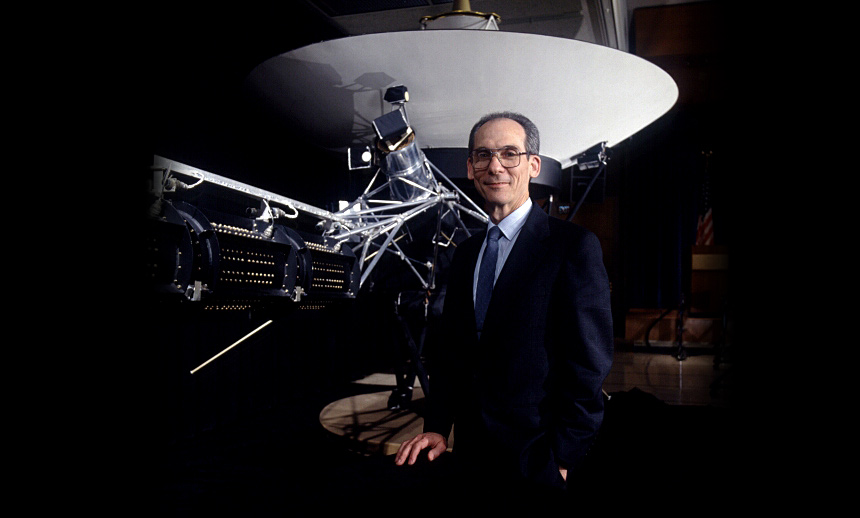
Although traveling slower, and thus lagging behind its cousin Voyager 1, Voyager 2 is currently traversing the Solar System on a course which will eventually see it enter interstellar space as well. Both spacecraft carry with them a special payload, the Voyager Golden Record, which contains images and sounds from our planet to share with other life forms should they ever be encountered. Both spacecraft are reported to be in good health and have enough power and thruster fuel to operate until at least 2020, possibly until 2025.
Mission controllers still communicate with both Voyagers on a daily basis, despite the fact that emitted signals are very faint—only about 23 watts (the power of a refrigerator light bulb). By the time the signals from the spacecraft reach Earth, they are a fraction of a billion-billionth of a watt and captured by 34- and 70-meter NASA Deep Space Network (DSN) stations.
The Voyager spacecraft should provide better data regarding what the outer depths of the Solar System are like in a way no other spacecraft has ever been able to, simply because no spacecraft has ever actually traveled there. Originally, Voyager 1 and 2 were to explore the gas giant planets in the outer Solar System. Voyager 2 is still the only spacecraft to have ever visited Uranus and Neptune. Their current mission, the Voyager Interstellar Mission (VIM), aims to extend our exploration beyond the planetary Solar System we have all become familiar with.
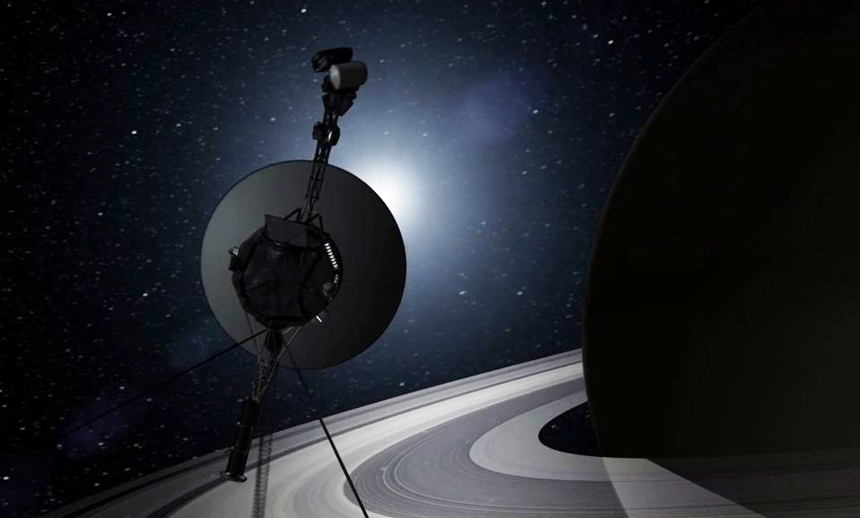
“When the Voyagers launched in 1977, the Space Age was all of 20 years old,” said Stone. “Many of us on the team dreamed of reaching interstellar space, but we really had no way of knowing how long a journey it would be—or if these two vehicles that we invested so much time and energy in would operate long enough to reach it. ”
According to NASA, Voyager 1 is not heading toward any particular star, and it will not even come “close” to one for 40,000 years, when the spacecraft will pass within 1.6 light-years (almost 10 trillion miles) of a star in the constellation Camelopardalis. Voyager 2 will pass within 4.3 light-years (25 trillion miles) of the brightest star in the sky, Sirius, 296,000 years from now.
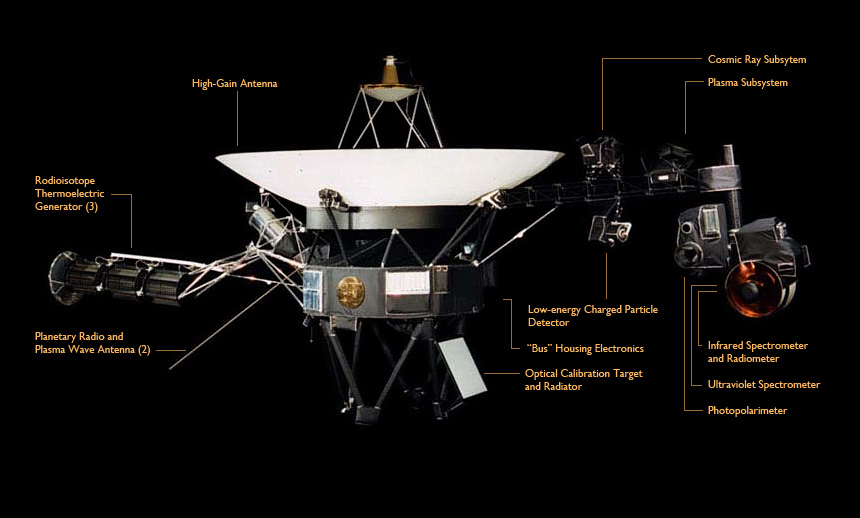
Want to keep up-to-date with all things space? Be sure to “Like” AmericaSpace on Facebook and follow us on Twitter: @AmericaSpace




It is both awe-inspiring and humbling to realize that humanity has accomplished such a feat. To think that these machines will forever travel the infinite depths of our universe boggles the mind. And yet, this journey is within the boundary of our own galaxy which is only one of billions of galaxies! What a perspective on the size and distance of the universe.
After traveling 12 Billion Miles in 36 years it has only left our solar system…and we have not left earth…after 36 years and the Apollo program I would have thought …we would be exploring Titan or Europa with manned missions and with colonies on Venus and Mars….What a bitter disappointment.